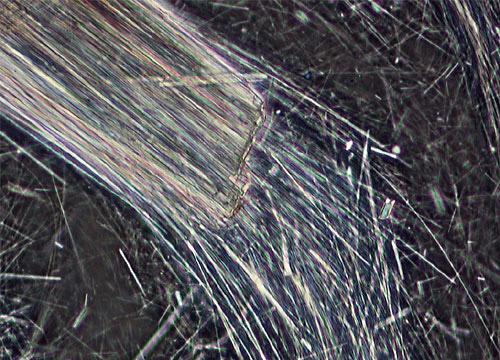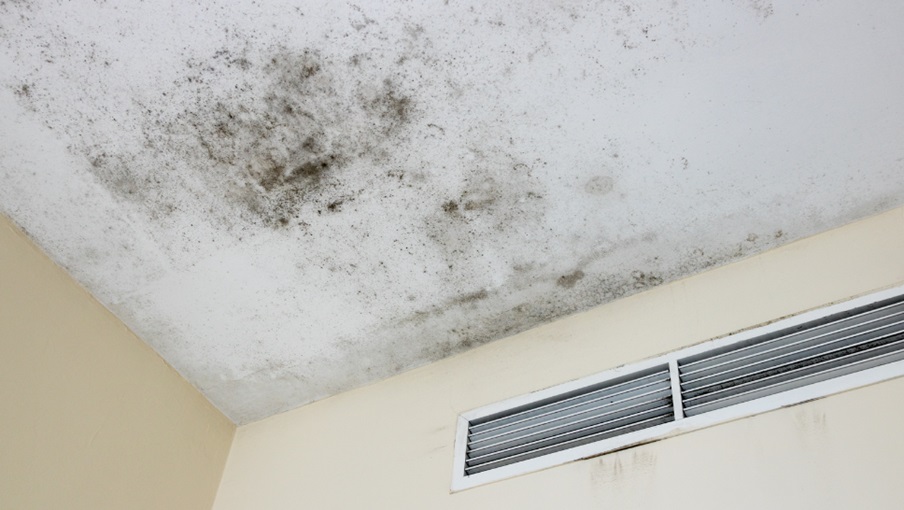A lot of erroneous beliefs have been carried about the word “Asbestos”. Many believe it is associated with health conditions such as cancer but only a few people really understand the environmental impact of this substance. Below are some truthful details about asbestos that you really need to get acquainted with to have an unbiased perspective of the asbestos problem that has been trending recently.
Description Of Asbestos And Usage In America
Asbestos is composed of silicate and it is naturally found in the earth crust. Older construction works utilize this substance for commercial and residential buildings due to its fire-resistant property.
The United States of America embraced the use of asbestos in the 1800s and the health effect associated with the use of this substance only became evident in the late 1800s and early 1900s. Unfortunately, many companies’dealings with this product concealed the dangers of asbestos exposure.

Asbestosis was finally declared as a work-related disease in the United States in the 18940s and mesothelioma was associated with asbestos later that decade. The use of asbestos persisted among corporations in the following decades despite its negative impact on the health of construction workers. Many people were diagnosed with asbestos-related diseases but many companies filed bankruptcy as a way to avoid being held responsible for the conditions of sick workers. That is why an environmental assessment is important before acquiring a property. A good example is the Ortam Group building inspection.
Environmental Impact at A Glance
Many environmental concerns are associated with asbestos aside from the fact that it is associated with mesothelioma and cancer. Water supplies have been polluted by asbestos dust traveling through the air. This finding was presented at an international conference: Health, The Environment,andJustice held in 2006. Furthermore, asbestos is capable of piling up on the soil surface. This can cause heavy winds to pick them up and spread them around the surface causing pollution because as a matter of fact, the ground surface is incapable of absorbing them.
Ecological Concerns
The tiny size of asbestos fibers is also a major issue because they can pose a health threat to miners who may come in contact with them from rock matters. Asbestos fibers do not break or biodegrade and they remain intact in the air, water and soil. This cause continuous spread and redistribution which threatens ecological balance.

Home Applications
Many homes built around 1980 utilize asbestos as an insulation material. They appear in attic insulation, electrical wires, popcorn ceilings and joint compounds.However, recently many homeowners are remodelling their buildings, substituting asbestos with eco-friendly materials that are sustainable.
Asbestos is very delicate materials that can pose threat to the lives of man and animals when they are distributed in the soil, water and air, therefore it is imperative that we handle this cancer-causing material with utmost care so as to protect our lives, our environment and our ecosystem at large.




